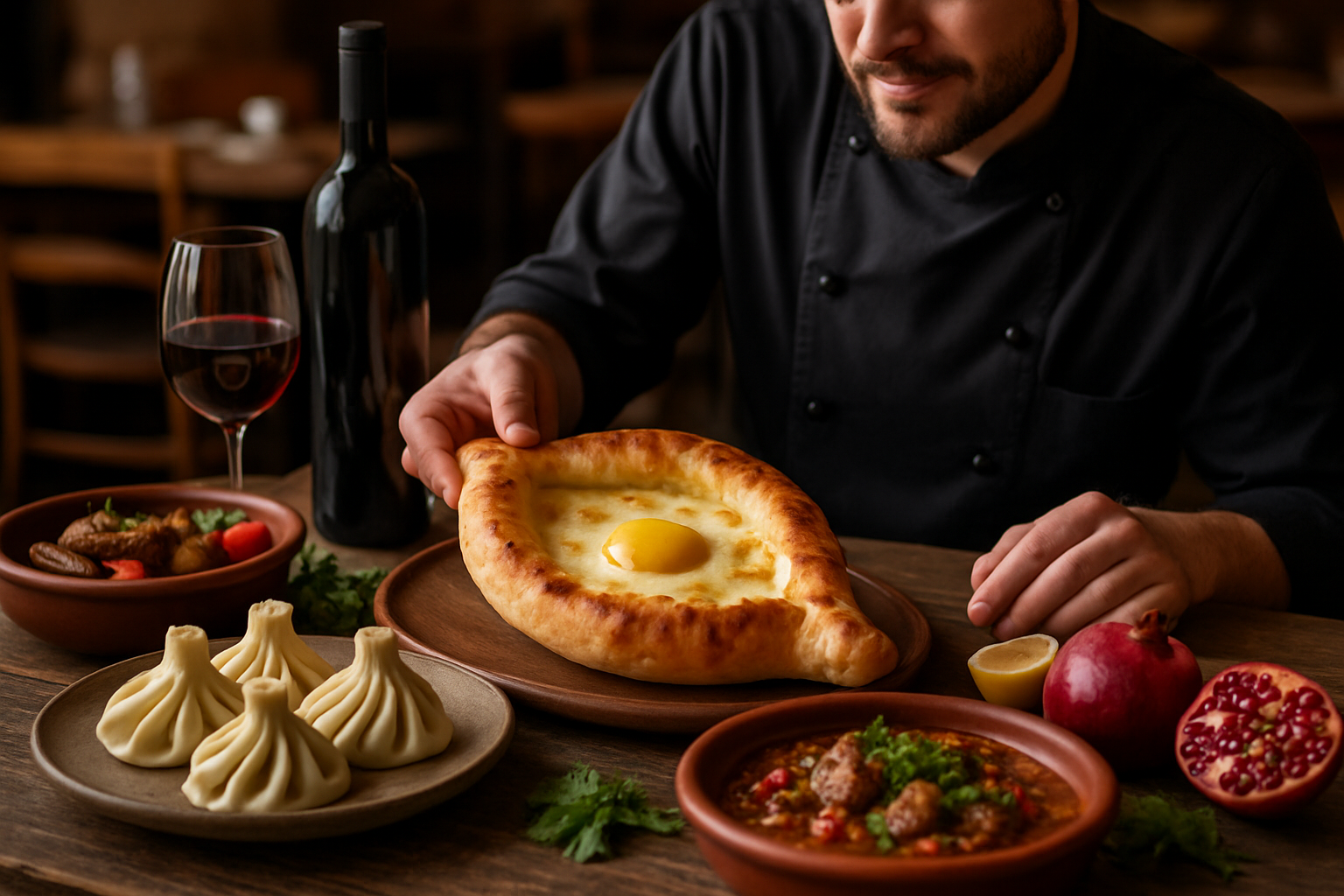The Kaleidoscope of Culinary Cinema
In a world where food and film intersect, a new genre emerges, tantalizing both palates and visual senses. Culinary cinema, a burgeoning art form, serves up a feast for the eyes and imagination, blending the art of gastronomy with the magic of storytelling. This cinematic trend goes beyond mere depictions of cooking, delving into the cultural, emotional, and sensory experiences that food evokes. As filmmakers and chefs collaborate, audiences are treated to a multisensory journey that transcends traditional cinema.

Beyond the Kitchen: Storytelling Through Food
Modern culinary cinema extends far beyond the confines of the kitchen. Films like Ratatouille and Chef use food as a metaphor for passion and creativity, while others like Jiro Dreams of Sushi explore the dedication and artistry behind culinary mastery. These films don’t just showcase cooking techniques; they delve into the personal stories, cultural traditions, and social issues surrounding food. The genre has become a vehicle for exploring identity, memory, and human connection through the universal language of cuisine.
The Aesthetic Pleasure: Visual Gastronomy
One of the most striking aspects of culinary cinema is its visual appeal. Cinematographers and food stylists collaborate to create stunning imagery that makes audiences’ mouths water. The art of plating becomes a form of visual poetry, with each dish carefully composed to evoke emotion and desire. Films like The Grand Budapest Hotel and The Hundred-Foot Journey elevate food presentation to an art form, using color, texture, and composition to create edible masterpieces that are as much a feast for the eyes as for the stomach.
Cultural Exploration Through Culinary Lens
Culinary cinema serves as a powerful tool for cultural exploration and understanding. Films like Eat Drink Man Woman and Tampopo use food as a lens to examine cultural traditions, family dynamics, and social norms. These works offer audiences a taste of different cultures, fostering empathy and curiosity about diverse culinary traditions. By showcasing the rituals, ingredients, and techniques unique to various cuisines, culinary cinema becomes a form of cultural diplomacy, bridging gaps and celebrating diversity through shared appreciation of food.
The Sensory Cinema Experience
Innovative filmmakers are pushing the boundaries of culinary cinema by incorporating other senses into the viewing experience. Some theaters now offer synchronized tastings, where audiences can sample dishes featured in the film. Scent technology is being explored to release food aromas during screenings, creating a more immersive experience. These multisensory approaches aim to break down the barrier between screen and audience, allowing viewers to more fully engage with the culinary world presented in the film.
Culinary Cinema’s Impact on Food Culture
The rise of culinary cinema has had a profound impact on food culture and the restaurant industry. Films featuring specific dishes or cuisines often lead to increased interest and demand in the real world. For example, the popularity of ramen in the United States surged following the release of Tampopo. Chefs and restaurateurs have also been inspired by cinematic presentations, leading to more theatrical and visually striking dining experiences. The genre has elevated the status of chefs to that of artists and celebrities, changing public perception of the culinary profession.
The Future of Food on Film
As technology advances and audience expectations evolve, culinary cinema continues to innovate. Virtual and augmented reality experiences are being developed to allow viewers to step inside the kitchens and dining rooms depicted on screen. Interactive documentaries are emerging, allowing audiences to explore recipes and techniques in real-time. The line between entertainment and education is blurring, with culinary cinema becoming a valuable tool for teaching about food sustainability, nutrition, and cultural preservation.
In conclusion, culinary cinema represents a rich and evolving art form that satisfies our hunger for both storytelling and gastronomic delights. By marrying the visual language of film with the sensory pleasures of food, this genre offers a unique and immersive experience that resonates on multiple levels. As it continues to grow and diversify, culinary cinema promises to remain a vibrant and influential force in both the film industry and food culture, serving up stories that nourish both body and soul.





